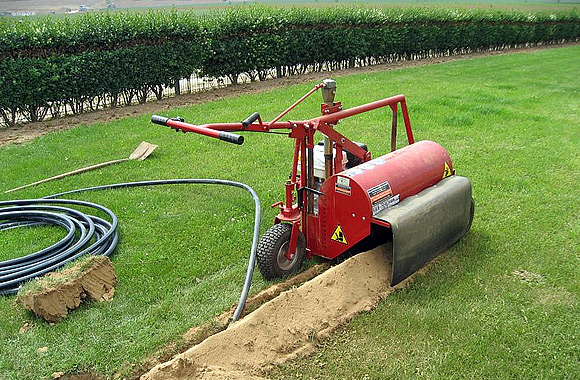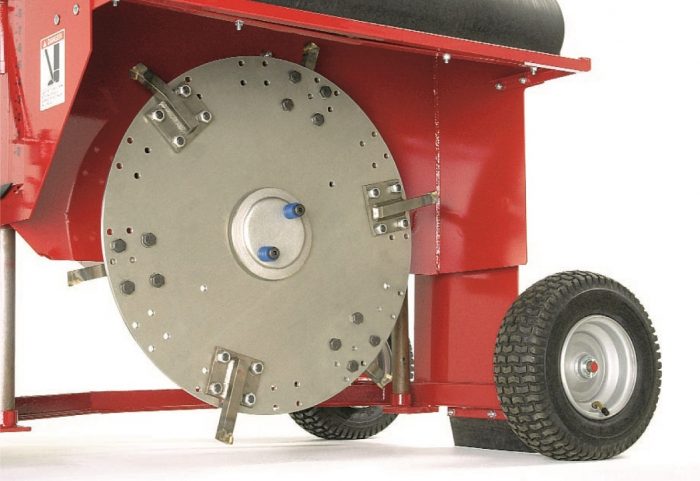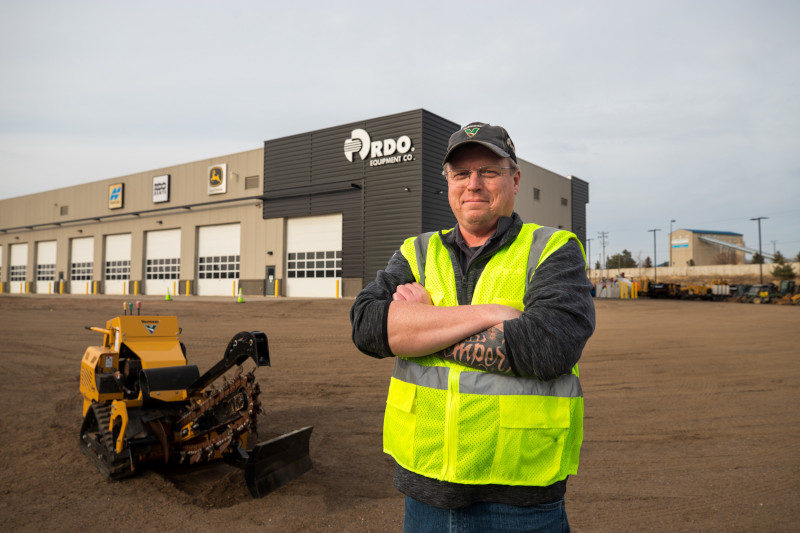Mini Trenchers, Big Results: Achieving More with Mini Trenchers

Just as trenching applications vary, so do the solutions to efficiently tackle these applications. Mini trenchers offer a versatile equipment solution that take on a wide variety of applications and provide quick results.
Over the past couple of decades, there have been few changes to mini trencher designs. However, with evolving user preferences and significant variations between manufacturers, contractors may benefit from re-evaluating their trencher selection.
Many contractors associate trenching with large chain models. In reality, the overlap in applications between chain trenchers and mini trenchers is slim. Typically, the width and depth of a trench determines which style of trencher should be used. For a 4- or 6-in. trench that’s 3 to 4 ft deep, a large chain trencher is required. But, for a majority of landscaping projects, such as sprinkler systems, landscape edging and low-voltage wiring, mini trenchers work better. These projects require narrow trenches that range in depth from 6 to 12 in. Contractors are often pleasantly surprised by the ease of use, speed and compact size of mini trenchers.
While the manageable size of mini trenchers is a benefit they all share, the similarities often end there. Even the direction of operation varies. Nearly all models require the operator to walk backward while pulling the trencher. The safer alternative is a unit the operator can push while walking forward. This affords the user better maneuverability and improved control. When trenching perpendicular to a building, push-forward models make it possible to dig close to the structure, in most cases, within a foot. Other mini trenchers cannot dig within 4 ft of a building because the operator and the equipment’s handles get in the way.
Depth gauges also help improve trenching efficiency. By continually monitoring the blade depth, the operator can avoid trenching deeper than necessary while also eliminating the need to double back if a portion of the trench is not deep enough.

Features that reduce turf damage and make cleanup easy also benefit contractors and their crews. Pneumatic tires, for example, will lessen the possibility of turf damage. For fast cleanup, most users prefer trenchers that uniformly deposit soil along one side of the trench, making backfill easy when the job is complete. And models designed to reduce cupping help keep lawns looking their best by allowing the turf to heal faster.
It’s also important that the trencher can tolerate regular abuse and is inexpensive to maintain. Trenchers with replaceable teeth, for example, reduce maintenance costs by eliminating the need to replace the entire blade when only a few teeth are damaged. A centrifugal clutch is another feature that reduces the need for costly repairs. By automatically slipping when the blade hits a solid object, the clutch can prevent excessive damage to the machine and blade.
Mini trenchers can make contractors’ work fast and easy, especially if they choose the right type of trencher for the job. When contractors do find the right trencher, they quickly realize that these small and versatile machines deliver steady returns.
Joe Haynes is president of Little Beaver Inc.




